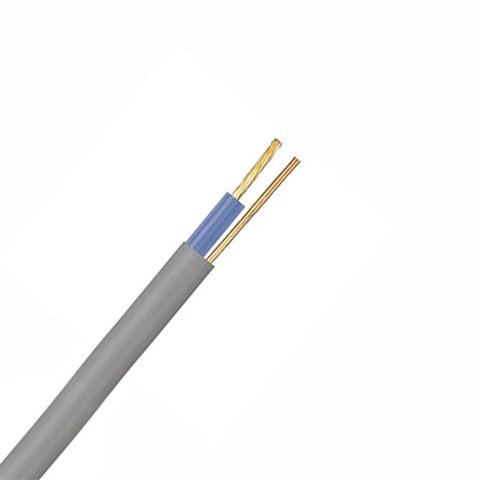O.K. I admit that it is not that old, but dates back to the 1970s. What was the lighting cable called that had one line conductor and an earth continuity conductor at switches and/or lighting points, and also a separate single insulated and sheathed wire for the neutral?
a, What is the cable type?
b, What was the wiring system called?
I know that I should know the answers but I have been working hard in a hot loft and my brain is not working.
Also, c, Did this wiring system save cable or not?
Z.


